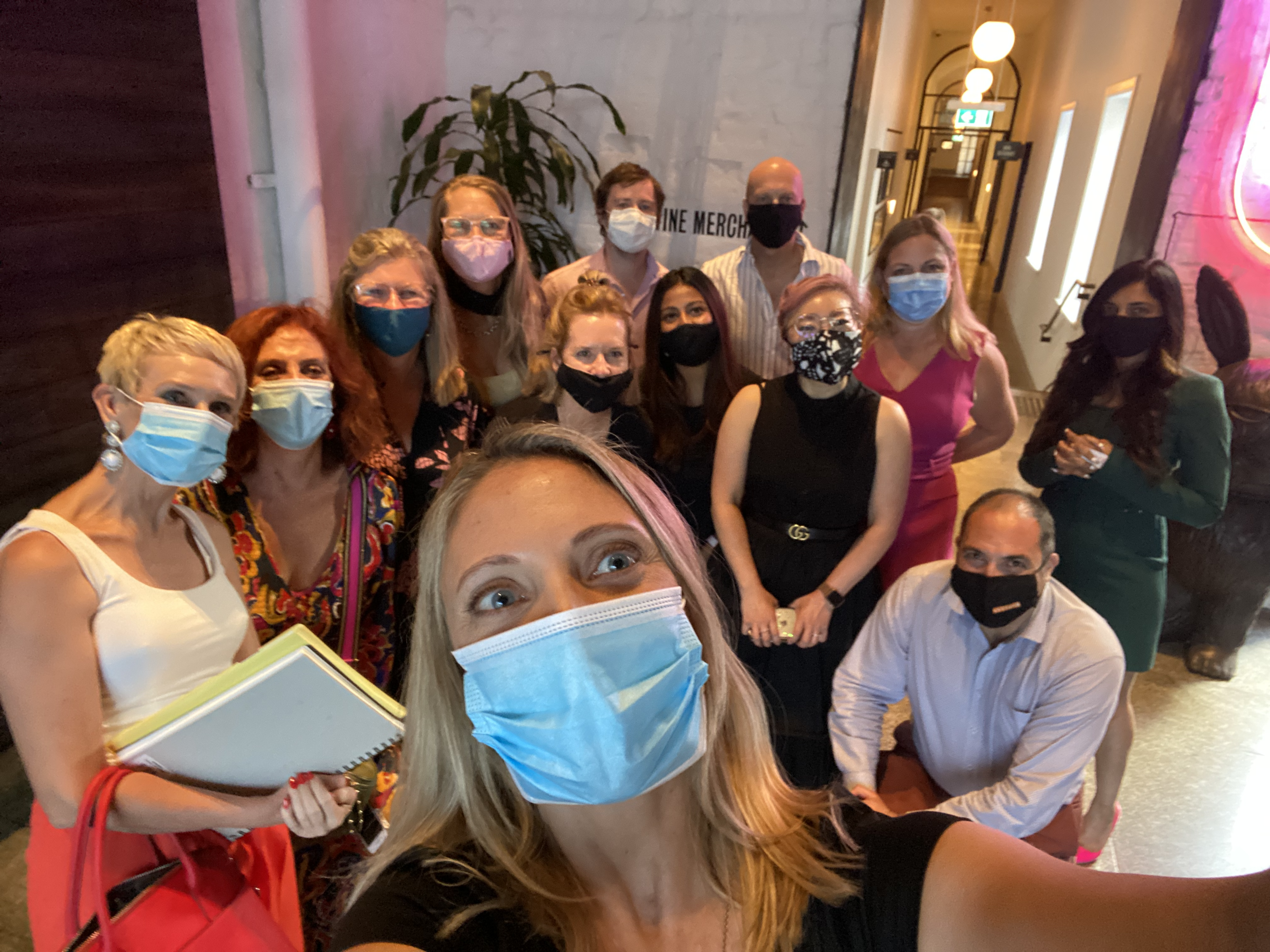What is Personal Brand Positioning?
Take-aways from January’s Personal Brand Positioning Workshop and the importance of clarifying your positioning
Have you ever felt that:
- You know you are good at what you do, but aren’t sure how to talk about your work with impact?
- You are looking for that concise ‘key sentence’ that helps people to ‘get’ your work and its value, within seconds of meeting you?
- You are known for your work in general, but need to be seen more clearly as the go-to in a particular space?
- You want to be more visible and differentiated in your communications, so the right people find you easily, and they know why they would choose you?
These were the types of motivations for participants of my Personal Brand Positioning Workshop, held in January in Perth. In one afternoon, we focused on getting clear on our positioning messages and started creating plans for communicating that positioning in 2022.
What is personal brand positioning?
The biggest misconception about personal branding is that it is about what to wear! But this is just one representation of your brand. Personal branding is really about getting clear on positioning: how you want to be seen, and developing messages and platforms to do that.
In my book, The Powerful Personal Brand, I talk about the power of planned positioning, and give examples of clients whose positioning had to change in order to genuinely reflect the value of their expertise and services to specific audiences. So often, I hear people talk about their work in vague and general ways that demonstrate they haven’t given much thought to what it is they want to communicate. Their statements are boring, intangible, talking to no-one… instead of intriguing, concrete and specific.
“So often, I see people talk about their work in vague and general ways that demonstrate they haven’t given much thought to what it is they want to communicate.”
For example, you are a manager moving towards greater leadership… so, in what areas are you currently leading your team?
Or you are going for commercial board roles for the first time… what business acumen do you bring to the table?
You are developing your own consultancy… what proven results have you produced before?
These are the types of questions that, when answered, make your positioning specific and strategic.
Read on below for the keys to great positioning…

Above: Perth participants at the Personal Brand Positioning Workshop
The keys to great positioning: Specifics & Value
To position yourself with impact, you need to be clear and specific about what you do, whom you serve, and why that matters… in other words, what is the value to your target audience?
Once you have clear language to describe these things, you can communicate impactfully across platforms (from an official bio or website through to a casual introduction!). But getting clear on the language to use is the thing that most people find challenging, no matter their level of confidence in what they do. Getting clear is a process, and this is the process that participants undertook during our positioning workshop.
The process of getting clear on positioning
1. Examining your roadblocks
We started with examining our roadblocks to working on our personal brands! In my experience, there are several common ‘roadblocks’ that stop people really developing powerful personal brands. The most common is a fear of appearing too self-promotional! (If you want to examine your roadblocks, you can order your own copy of the Personal Brand Roadblocks quiz.)
2. Understanding where you’re at and where you want to go
All good brand strategy, including personal brand positioning, starts with getting clear on your goals. What is it that you want to achieve with your personal brand? We also completed a situation analysis to see where strengths and weaknesses currently lie.
3. Defining your personal brand messages
Defining your personal brand begins with some deep reflection work. Participants had to complete some pre-workshop homework to reveal their unique strengths, passions and more! We used this to tease out the core messages that speak to who you are as a professional, and defined the value that brings to specific target audiences. This is how powerful brand messages are formed!
4. In a nutshell: Creating an introductory statement
A great way to feel you have ‘nailed’ your personal brand positioning is to create a positioning statement (not an elevator pitch – look out for my next article on why it ISN’T that!) to introduce yourself to new people. When you can get to the heart of what you do and why it matters in a concise statement that uses ‘human speak’ – not sales or marketing lingo – you know you have a way to guide how people see you and your work. In the workshop, participants worked through a template to construct their own introduction, which they then workshopped with each other, to check it felt impactful yet natural.
5. Where will your positioning be communicated?
Besides in introductions, you may need to plan out the best ways to communicate your newly clarified personal brand positioning to reach your intended audiences… in person and online. Our workshop participants considered various platforms and tools to prioritise their focus for 2022, including things like LinkedIn, networking and virtual/online communications.
